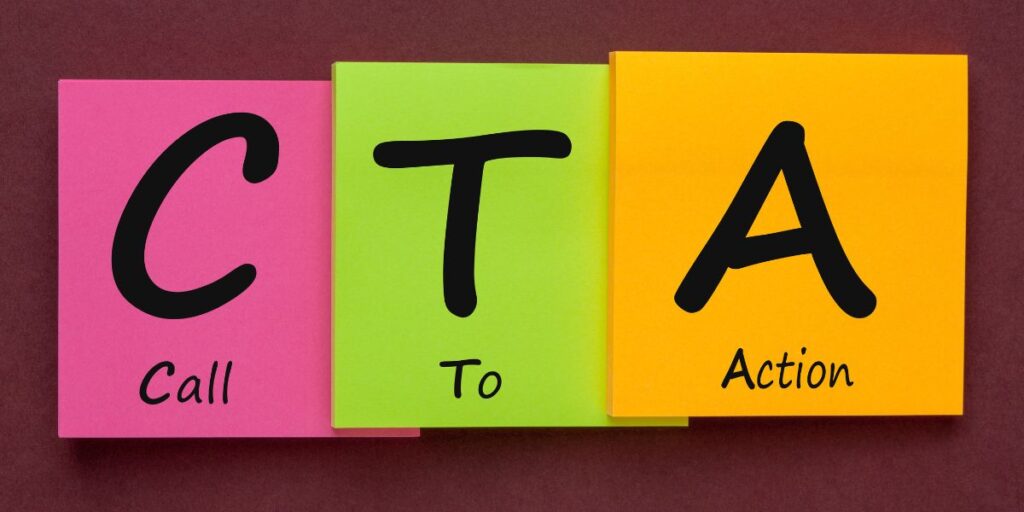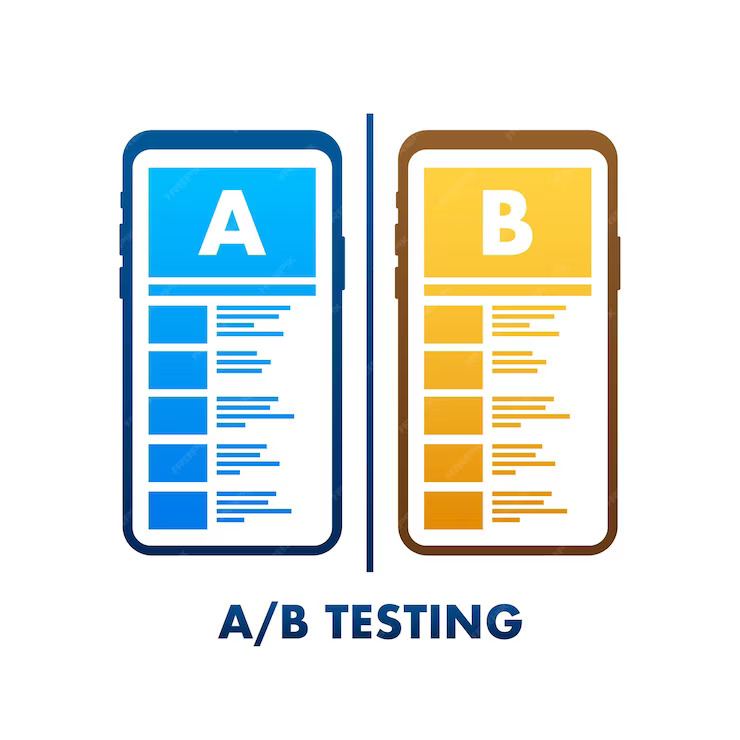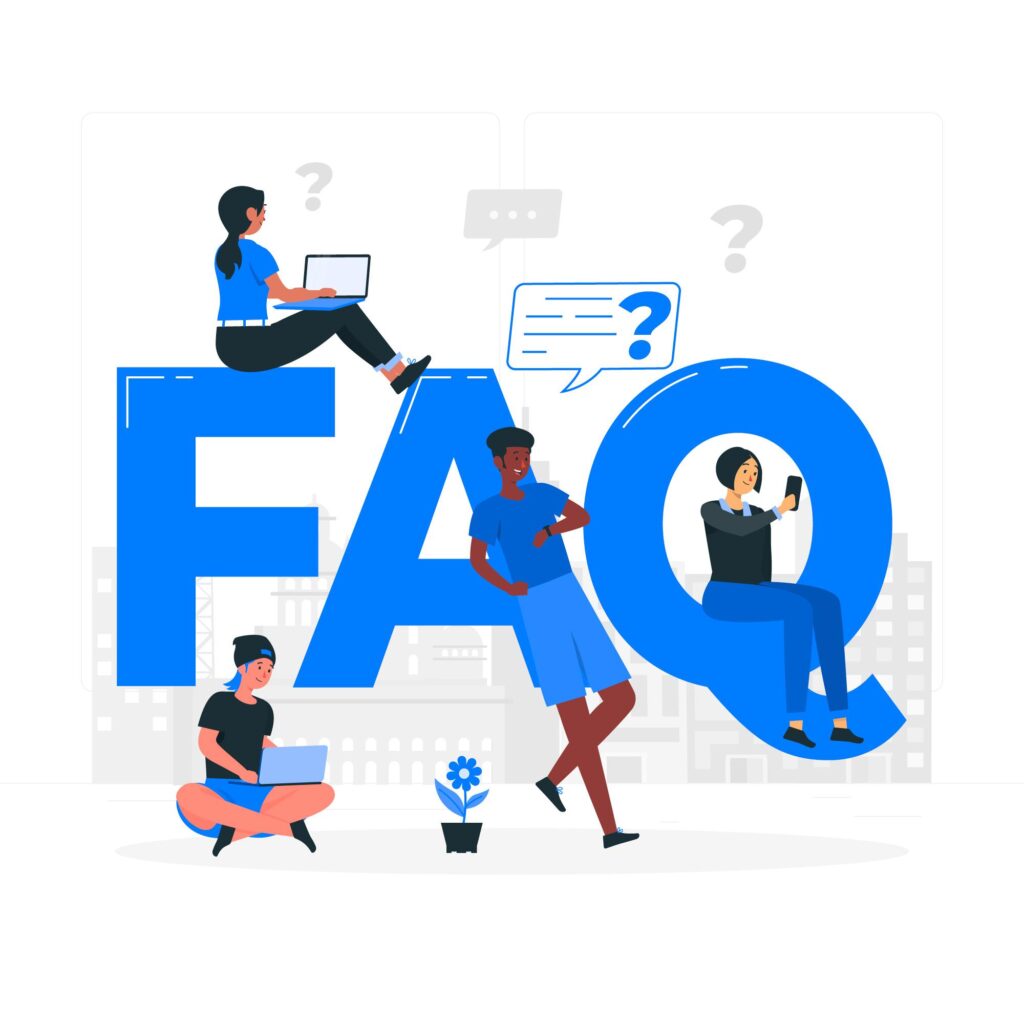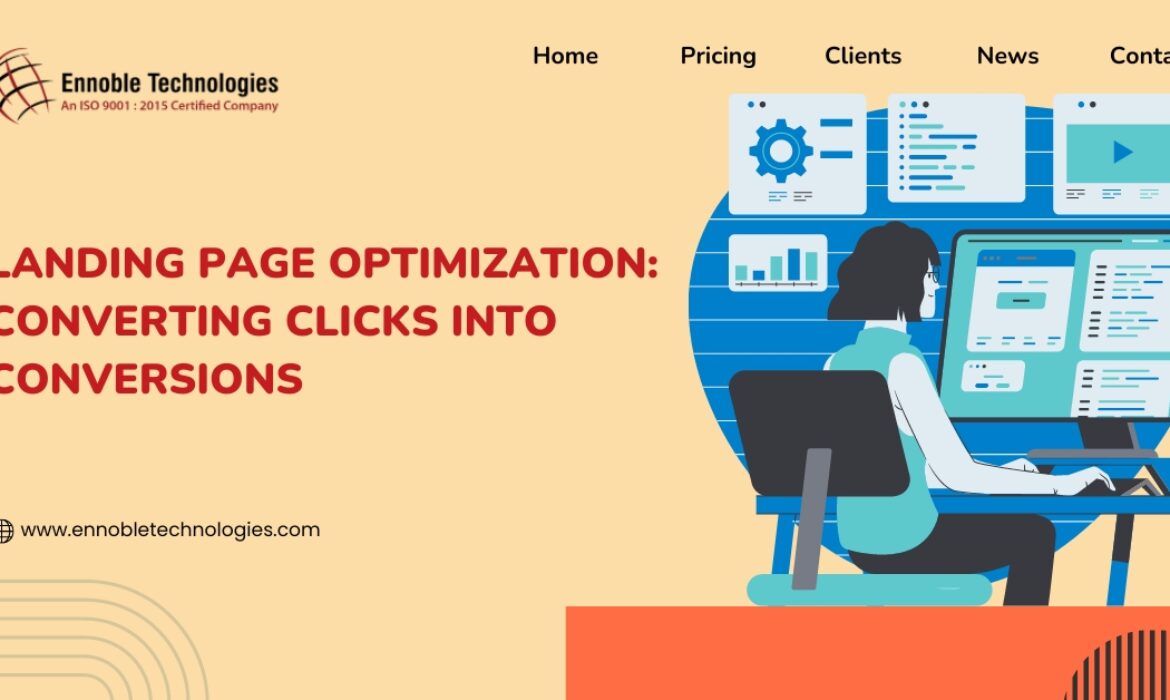Landing Page Optimization: Converting Clicks into Conversions
In the vast landscape of the internet, your website’s landing page is your digital storefront. It’s the first point of contact for potential customers and can make or break your online success. While getting clicks is essential, converting those clicks into meaningful actions is the true goal. This article will delve deep into the world of landing page optimization, providing you with valuable insights and strategies to turn those clicks into conversions.
The Significance of Landing Page Optimization
Before we dive into the nitty-gritty details of optimizing your landing page, let’s establish why it’s so crucial in the first place. Your landing page serves as a bridge between your marketing efforts and actual conversions. Whether your goal is to sell products, collect leads, or simply convey information, a well-optimized landing page can significantly impact your bottom line.

Understanding Your Audience
To optimize your landing page effectively, you must first understand your audience. Who are the people clicking on your page, and what are their expectations? Are they looking for information, a product, or a service? Knowing your audience’s needs and preferences is the foundation of a successful landing page.
Crafting Compelling Headlines
Your landing page’s headline is often the first thing visitors see, and it’s your chance to make a strong first impression. Use bold and engaging headlines that immediately convey the value proposition. Ensure that your headline directly addresses the problem your product or service solves.
Visual Appeal and User Experience
Once you’ve captured your audience’s attention with a compelling headline, it’s time to focus on the visual appeal and user experience of your landing page.
Clean and Uncluttered Design
A cluttered and confusing landing page is a conversion killer. Keep the design clean and straightforward. Use bold fonts, contrasting colors, and ample white space to make your content easily digestible.
Mobile Responsiveness
In today’s mobile-centric world, a responsive design is non-negotiable. Ensure that your landing page looks and functions flawlessly on all devices, from smartphones to desktops.
Call to Action (CTA)
The heart of any landing page is its call to action. Your CTA should be clear, concise, and compelling.

Use Action-Oriented Language
Words like “Buy Now,” “Sign Up Today,” or “Get Started” instill a sense of urgency and action. Make your CTA impossible to ignore.
Positioning Matters
The placement of your CTA button is critical. It should be prominently displayed, typically above the fold, where visitors don’t have to scroll to find it.
Social Proof and Trust Signals
In an era of online skepticism, trust is a valuable commodity. Utilize social proof and trust signals to reassure visitors that they’re making the right choice by engaging with your landing page.
Customer Reviews and Testimonials
Displaying genuine customer reviews and testimonials can significantly boost your credibility. Ensure that they are prominently featured on your landing page.
Security Badges and Certifications
If your landing page involves sensitive information or transactions, prominently display security badges and certifications to put visitors’ minds at ease.
A/B Testing and Continuous Improvement
Even after you’ve optimized your landing page, the work is not done. Regularly conduct A/B tests to determine what elements are working and what needs improvement.

Testing Different Headlines
Try out various headlines to see which one resonates best with your audience. A small change here can lead to a significant increase in conversions.
Analyzing User Behavior
Use analytics tools to track user behavior on your landing page. Identify drop-off points and optimize those areas to keep visitors engaged.
FAQs
Q: How can I make my introduction more engaging?
A: Start with a hook, ask a thought-provoking question, or share a surprising fact. Anything that piques your curiosity can make your introduction engaging.
Q: What’s the best way to evoke emotion in my writing?
A: Use descriptive language, tell relatable stories, and connect with your readers on a personal level. Emotions are often conveyed through experiences and anecdotes.
Q: Should I always use contractions and colloquial language?
A: It depends on your audience and the tone you want to set. Contractions and colloquialisms can make your writing more approachable, but they may not be suitable for all content.

Q: How do I handle writer’s block?
A: Writer’s block can be overcome by taking breaks, changing your environment, brainstorming, or even discussing your ideas with someone else.
Q: Is revision really necessary?
A: Absolutely. Revision is where you refine your content, fix errors, and enhance engagement. It’s a crucial step in the writing process.
Q: Can I use humor to keep readers engaged?
A: Yes, humor can be a great engagement tool. Just ensure it’s appropriate for your audience and aligns with your content.
Conclusion
Crafting engaging content that keeps readers invested from start to finish is an art worth mastering. By implementing the strategies outlined in this article and experimenting with different techniques, you can become a writer who makes their audience say, “Continue writing please.”
Also Read: 10 Reasons Why Paid Advertising is Vital for Digital Marketing Success – Ennoble Technologies




